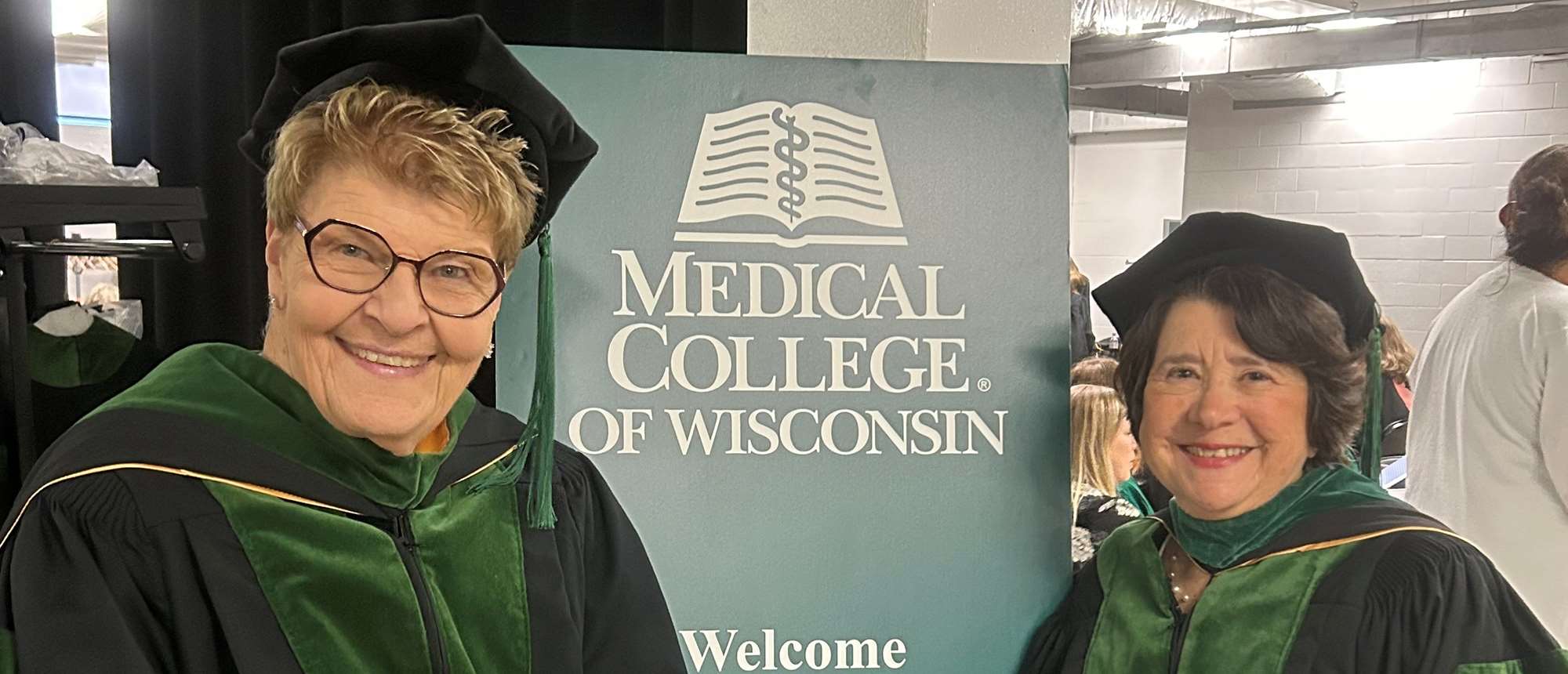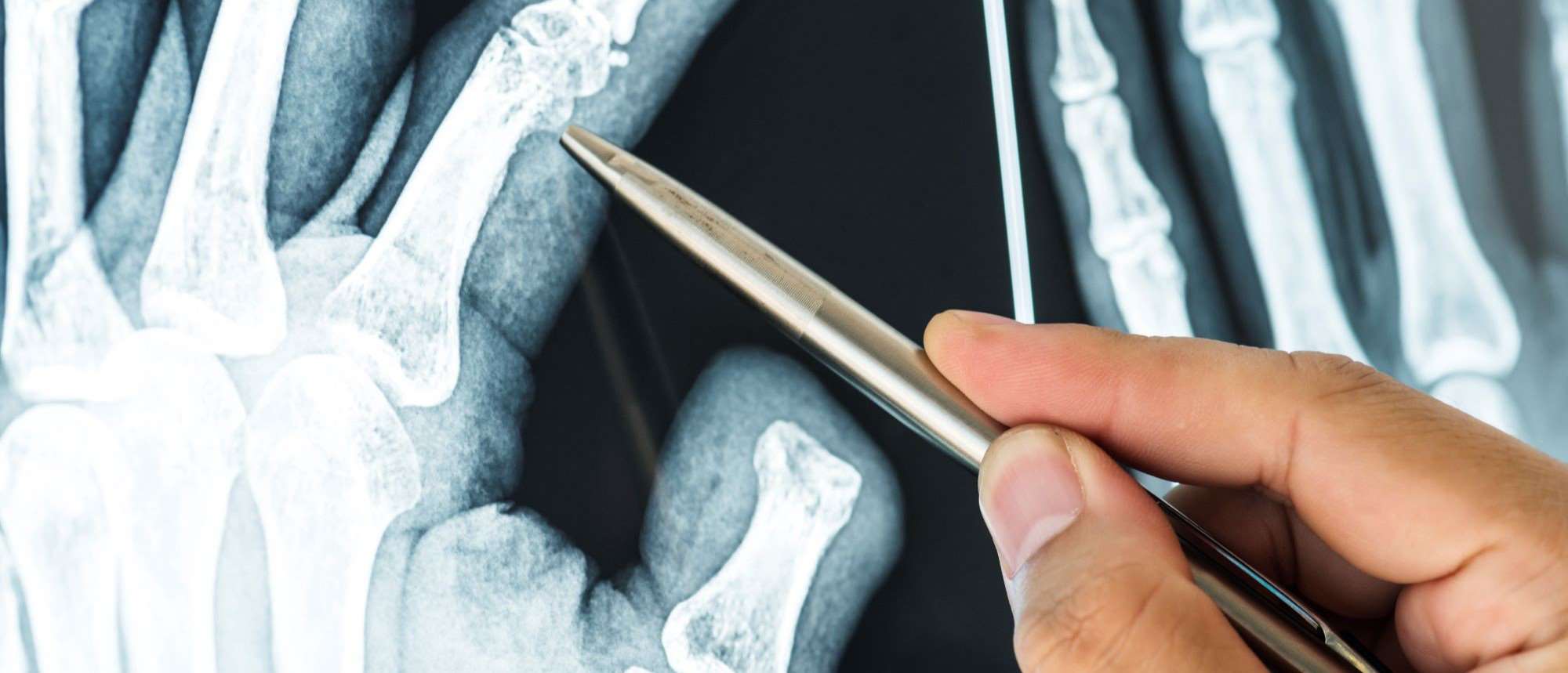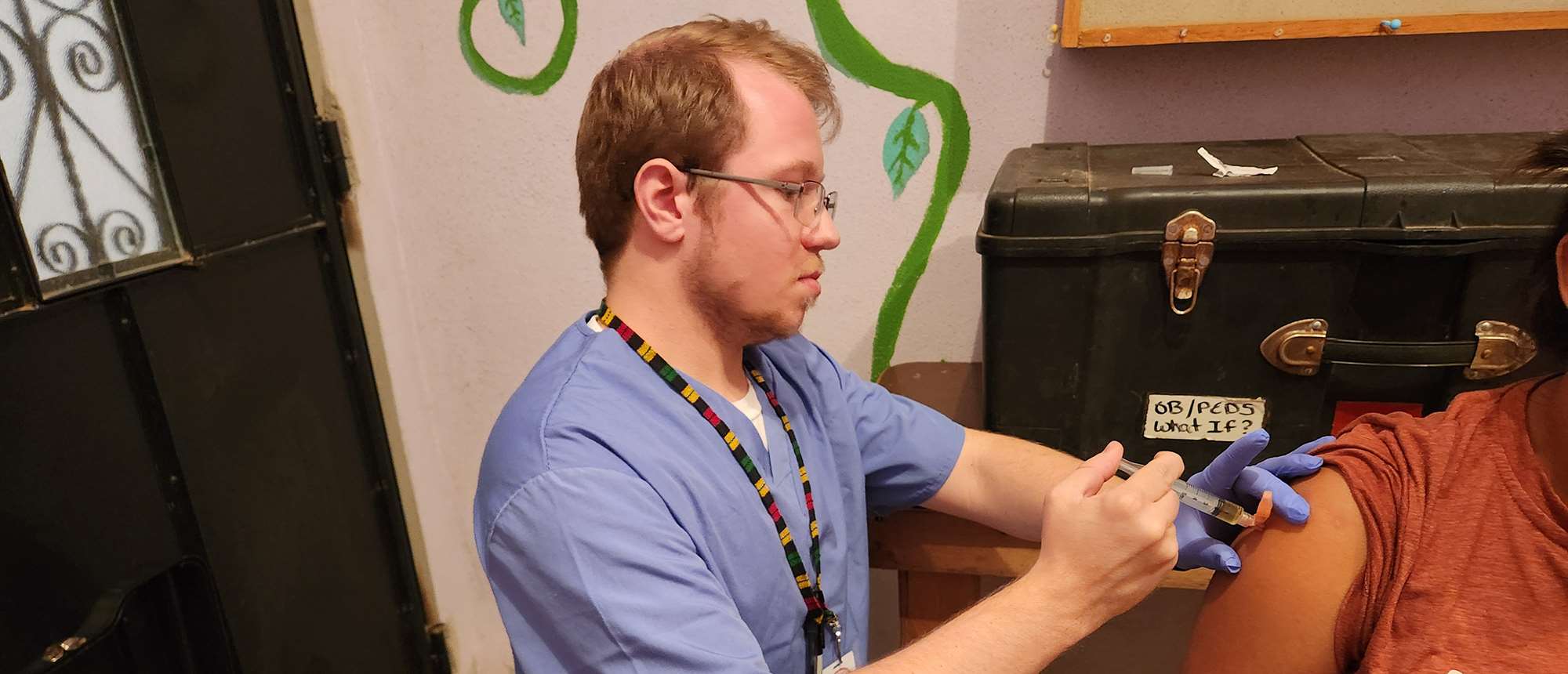Making Innovation a Virtual Reality
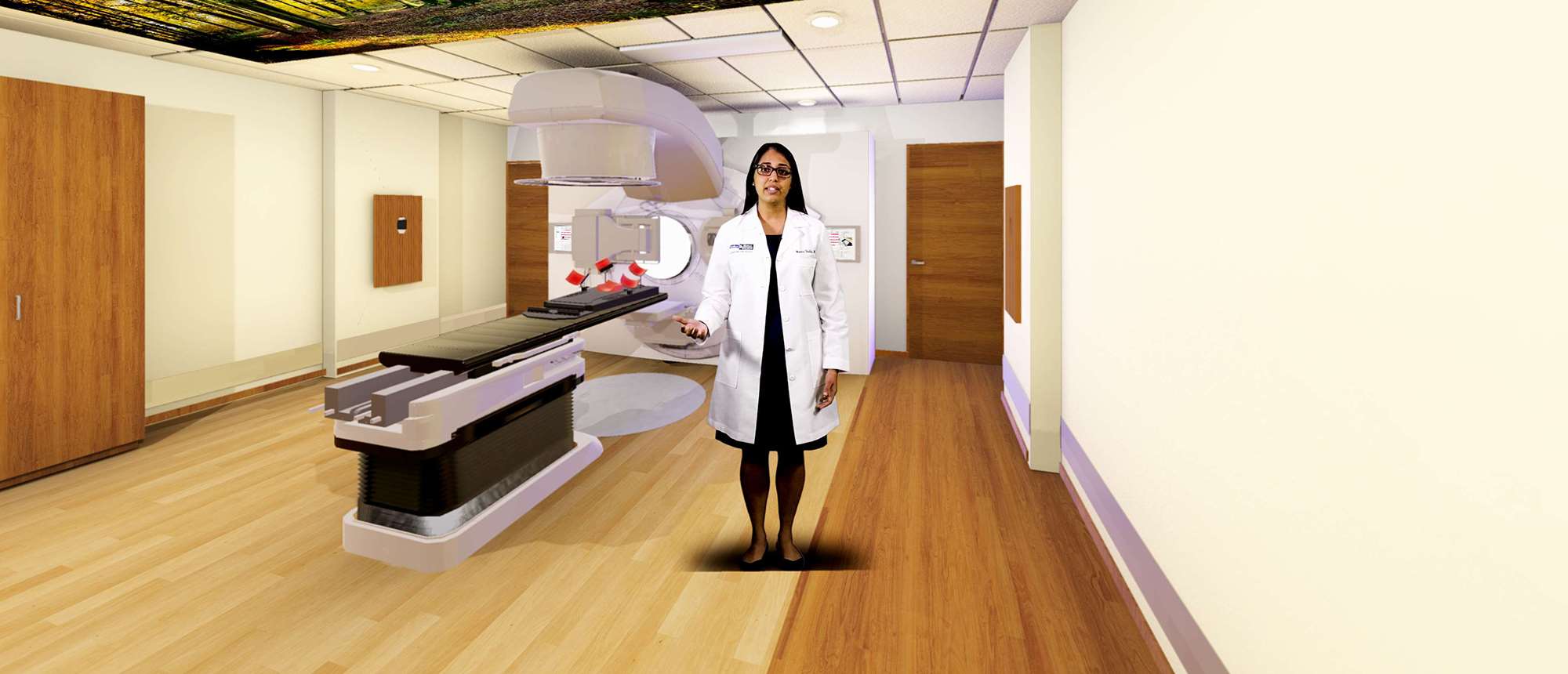
Artificial intelligence is accelerating biomedical research, including a project at the Medical College of Wisconsin (MCW) which is analyzing MRI images to predict prostate cancer. Scientists also are using advanced computer simulations of human biology to better understand disease, including three-dimensional models of the heart, that may help deliver needed medication with greater precision. Biomedical engineering is a critical component of these and many other efforts that are pushing the boundaries of healthcare. Innovation, however, is never done alone; rather, it requires a team effort. Such is the practice within the Marquette University and MCW department of biomedical engineering.
Since 2016, the two institutions have partnered to combine resources and fast-track biomedical innovation as a joint department. The collaboration brings together Marquette’s renowned engineering education and research with MCW’s state-of-the-art biomedical research and clinical practice. Faculty members from Marquette and MCW work side-by-side on projects to create and test new potential treatments.
One emerging area of investigation involves the use of virtual reality to help educate and treat patients, especially in the area of cancer research. Carmen R. Bergom MD ’08, PhD ’06, MCW assistant professor of radiation oncology, is a radiation oncologist co-leading a project involving a combination of cutting-edge visualization techniques and expert cancer care. This virtual reality-based patient education project launched in May 2018 to develop a tool to better inform breast cancer patients about radiation therapy and to ease their anxieties about treatment. The pilot study is sponsored by MCW’s Cancer Center and seeks to determine the effectiveness of virtual reality as a method for preparing patients for treatment and reducing stress.
“Breast cancer diagnosis and treatment is an extremely difficult time for many patients,” remarks Dr. Bergom. “Many times, the anxiety exhibited by our patients can exacerbate symptoms and lead to poorer responses to treatment.”
In the study, participants will wear virtual reality headsets and become immersed in a simulation of the radiation therapy process. Once the program begins, the patient can see and interact with a virtual version of the exact exam room that will be used during the real-life procedure.
The simulation process begins with an initial consultation using a virtual 3D presentation of a radiation oncologist, created through pre-recorded green screen footage, who explains the treatment process. Following the consultation, the patient can move about the 3D virtual environment to explore replicas of the Froedtert & MCW radiation therapy clinics. When ready, the patient will then be taken virtually to the therapy room and placed under a linear accelerator machine for treatment.
“Throughout the simulated treatment, participants can see and hear everything that would happen during a real procedure,” Dr. Bergom describes. “It’s as close as you can get to experiencing the procedure without actually going through it.”
Even the virtual clinician in the software will look familiar to patients. Monica E. Shukla, MD, MCW assistant professor of radiation oncology and associate residency program director, is a radiation oncologist, which adds to the authenticity of the program.
“The use of real-life clinicians makes the experience more genuine, and we think it will help patients become more comfortable during the actual procedure,” says Dr. Shukla, whose likeness and voice are used in the program. “I think this will go a long way in alleviating stress for our patients.”
Creating the “simulated” Dr. Shukla and the replica clinical facilities required a partner with technological and biomedical expertise. John LaDisa, Jr., PhD, associate professor of biomedical engineering and director of the Marquette Visualization Lab (MARVL), brings those skills to the table and plays an essential role in the study.
The MARVL team leads the programming side of the project to create the virtual environment. This group of engineers, which includes graduate student Sophia Shanahan and visual technology specialist Chris Larkee, implements and programs all the attributes while also ensuring that the technology is compatible in a 3D setting.
Individuals on both sides of the study acknowledge that neither Marquette nor MCW could execute a project such as this without the other. “There is real value in our joint program,” notes Dr. LaDisa. “Our team can develop all of the technology we want, but without the clinical expertise, these would be merely theoretical projects. This particular study is a great example of how our partnership is truly a two-way street.”
According to Dr. Bergom, by combining both MCW and Marquette’s expertise, the project will elucidate a better understanding of how patients learn through interacting with a clinical simulation. It also will determine how virtual reality technology can be used to educate a variety of patient populations. Currently, in conjunction with a behavioral scientist, Melinda Stolley, PhD, MCW professor of medicine (hematology and oncology) and associate director of cancer prevention and control in the MCW Cancer Center, the study team has designed a protocol to measure the effectiveness of this VR program at reducing patients’ anxiety levels.
Ultimately, this clinical application of virtual reality is just one of the many ways that the Marquette and MCW department of biomedical engineering is fostering innovation. Frank Pintar, PhD, MCW professor of neurosurgery and founding chair of the department of biomedical engineering, sees the department’s future within partnerships that will generate enormous improvements in healthcare for years to come.
“Partnership is key to pushing innovation forward,” Dr. Pintar states. “When these interdisciplinary teams form, each member gains from the others with a multiplying effect.”
Investing in Innovation
Jon and Ann Hammes are greatly inspired by the work being done within the Marquette University and Medical College of Wisconsin department of biomedical engineering and its impact on the future of patient care. To that end, the MCW trustee and his wife have made a major philanthropic gift to support the partnership’s transformational leadership and each institution’s role as a driver of economic vitality, innovation and workforce development in the region, state and beyond. “Both institutions recognize the transformative impact that strategic philanthropy, dedicated leadership and collaborative infrastructure make in advancing innovation in medical education. It is our hope that this investment, along with support from other stakeholders, will continue to grow the department as a nationally recognized center for biomedical engineering and thought leadership,” Jon Hammes explains.
Featured in this story
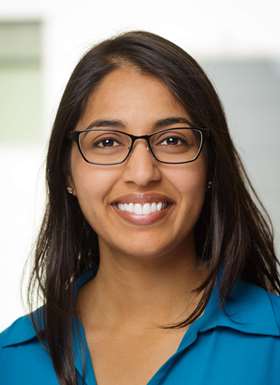
Monica E. Shukla, MD
Associate Professor; Associate Director, Radiation Oncology Residency Program
Clinical and research interests include head and neck, skin, lung and esophageal cancers
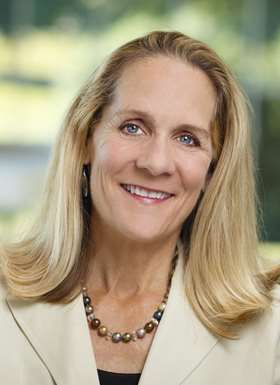
Melinda Stolley, PhD
Ann E. Heil Professor of Cancer Research, Associate Director of Population Sciences and Co-Leader, Cancer Control research program, Cancer Center; Professor, Medicine (Hematology/Oncology)
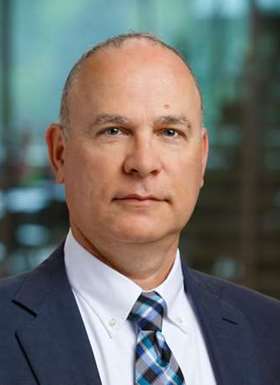
Frank A. Pintar, PhD
Professor
The biomechanics of brain and spinal cord injury, mechanics of spine surgical techniques, military and motor vehicle crash trauma

